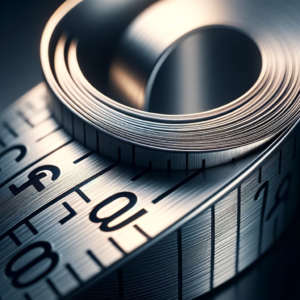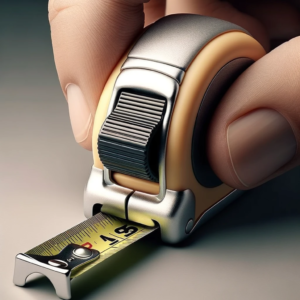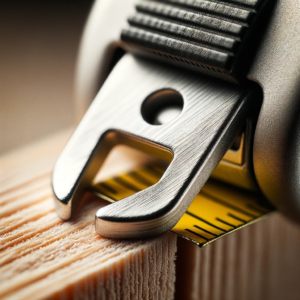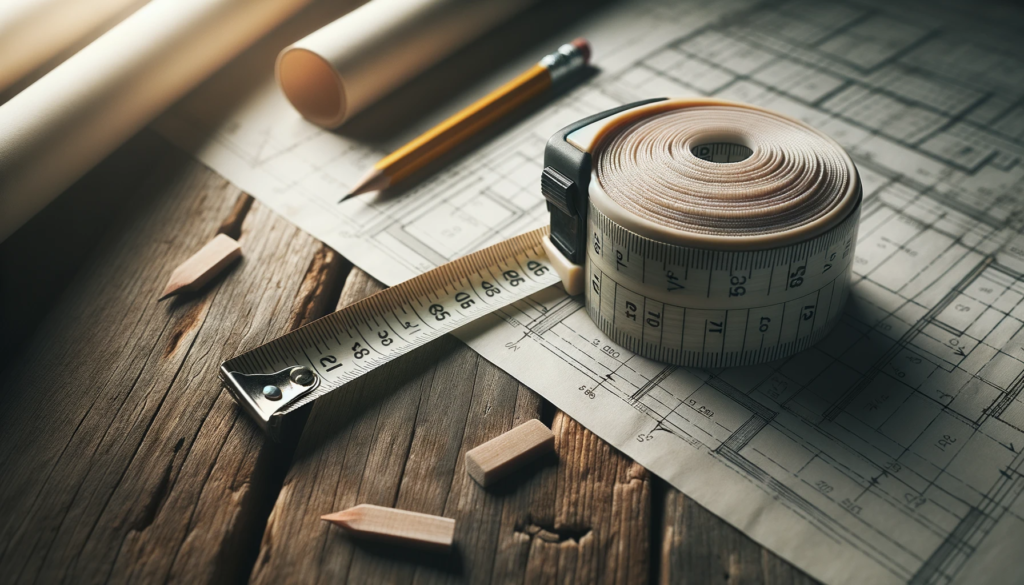The tape measure, a staple in nearly every toolbox, is one of those tools that has seen minimal change over the decades. Why? Because its simple design is incredibly effective. But, simple doesn’t mean uncomplicated. If you’ve ever taken a moment to look closely at a tape measure, you’ll realize there’s more than meets the eye. Let’s break down the anatomy of this indispensable tool.

1. The Tape Blade
The tape blade is the most prominent part of a tape measure. Made from a malleable yet durable metal, it’s designed to extend out from the casing and retract smoothly. The blade has a curve (or what’s known as a standout) that allows it to remain rigid when extended, making it easier to measure over distances without the need for another person to hold the other end.

2. The Lock Mechanism
If you’ve ever extended a tape measure and wanted it to stay in place, then you’ve used the lock mechanism. Positioned on the top of the casing, this little button or slider allows the user to “lock” the tape in place, ensuring it doesn’t retract until you want it to. It’s a small feature, but it’s crucial for making accurate measurements without the tape slipping back into its case

3. The End Hook (or Tang)
The little metal piece at the very end of the tape blade plays a significant role. Known as the end hook or tang, this component is designed to grab onto the edge of an item being measured, ensuring accuracy. It also compensates for its own thickness. When you push the tape measure against a surface, the hook moves in, and when you pull, it moves out, ensuring you always get an accurate reading.
Now that you’re familiar with these three primary parts, you’ll likely see your trusty tape measure in a new light. Next time you pull it out to measure something, take a moment to appreciate the intricate design and thought that goes into making this everyday tool so effective.
We hope this breakdown adds a little more appreciation to your next DIY project or any other situation where you need to reach for a tape measure. Knowledge of the tools we use daily, even the seemingly simple ones, can enhance our understanding and improve our craftsmanship. Happy measuring!
